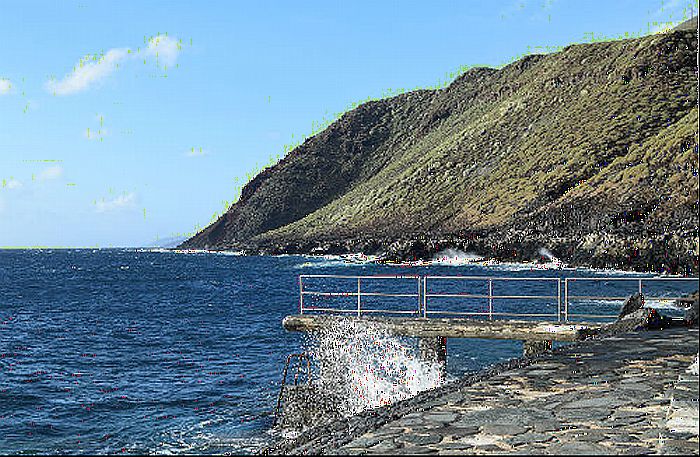Stay in the Loop
Don’t miss valuable content. We’ll email you when new articles are published, just 1 to 3 times a month.
Your email address is stored securely by our Privacy Notice.
Adhere to these instructions to create content that suits Finnoy Travel.
Please note that this guide merely outlines the broad principles. We can negotiate diverse or supplementary terms with the authors as required.
While each contributor has a unique style, we require all articles to adhere to our two core principles:
Although AI can be a useful tool, it's crucial to approach AI-assisted text cautiously. Manually verify all facts, ensure the text flows logically, and infuse it with a personal flair.
For your article, select a well-defined and narrow subject. We prioritize original content that taps into reader curiosity and stands out in today's crowded online environment.
Articles must contain at least 1,500 words, preferably even more. It is necessary to stay strictly on the topic in the whole article. The inclusion of extraneous material solely to achieve the required word count is unacceptable.
The title of the article should reflect the topic well and be captivating, consisting of 1 to 8 words and less than 71 characters. The article's content must match the title.
Use clear and engaging subheadings (H2 and H3) to structure your article. Each section should stay focused and directly relate to the main topic.
In the main content, emphasise, bold, or italics strategies to highlight the most critical words or statements. Recognise that readers often skim the text rather than digest each word. Lists and tables are beneficial for clarifying subject matter.
You need to provide the following summaries.
The article starts with a 300-character synopsis. The same synopsis is visible on the article listing. Keep it engaging and wrap it up with an enticing call to action.
This summary is pivotal and should not exceed 150 characters. To ensure it's appealing, it should go straight to the topic and end with a compelling call-to-action (CTA).
Please write a short bio, about 2 to 5 sentences, using your full name. Tell us why you're an expert on this topic. Share your online profiles..
Every article must include at least one primary photograph. Avoid resorting to stock images. Do not include copyrighted images unless you possess ownership rights.
Include only high-quality cropped images (min 1,500 px wide) in JPG or PNG format. We will handle the resizing. It is crucial that a concise caption accompanies each image, and the filename should reflect the image's content. Add alternative text to the pictures.. For instance, if the image depicts Tallinn Old Town, the filename could be tallinn_old_town.jpeg and the ALT text A view from Tallinn Old Town.
The appropriate number of images to include in an article can range from 1 to 40, depending on the topic.
Grammar and spelling mistakes are quite common for those who are not native English speakers. Consider using a tool like Grammarly to proofread your content. On the Finnoy Travel website, we adhere to British English norms.
Happy writing!
Don’t miss valuable content. We’ll email you when new articles are published, just 1 to 3 times a month.
Your email address is stored securely by our Privacy Notice.
